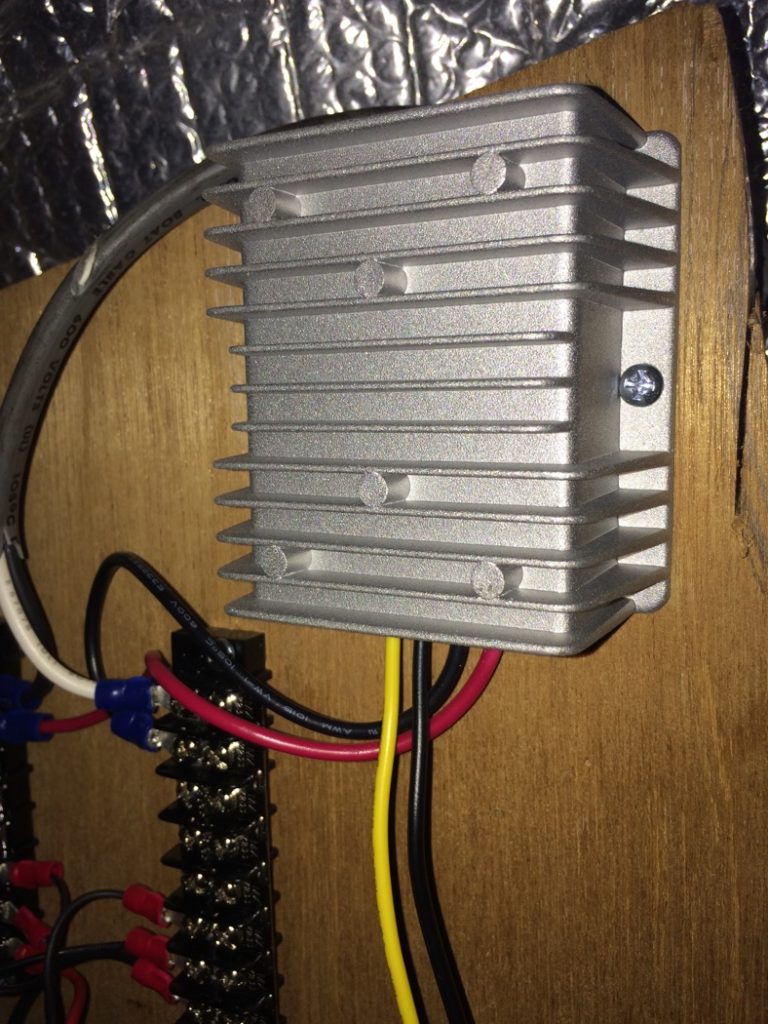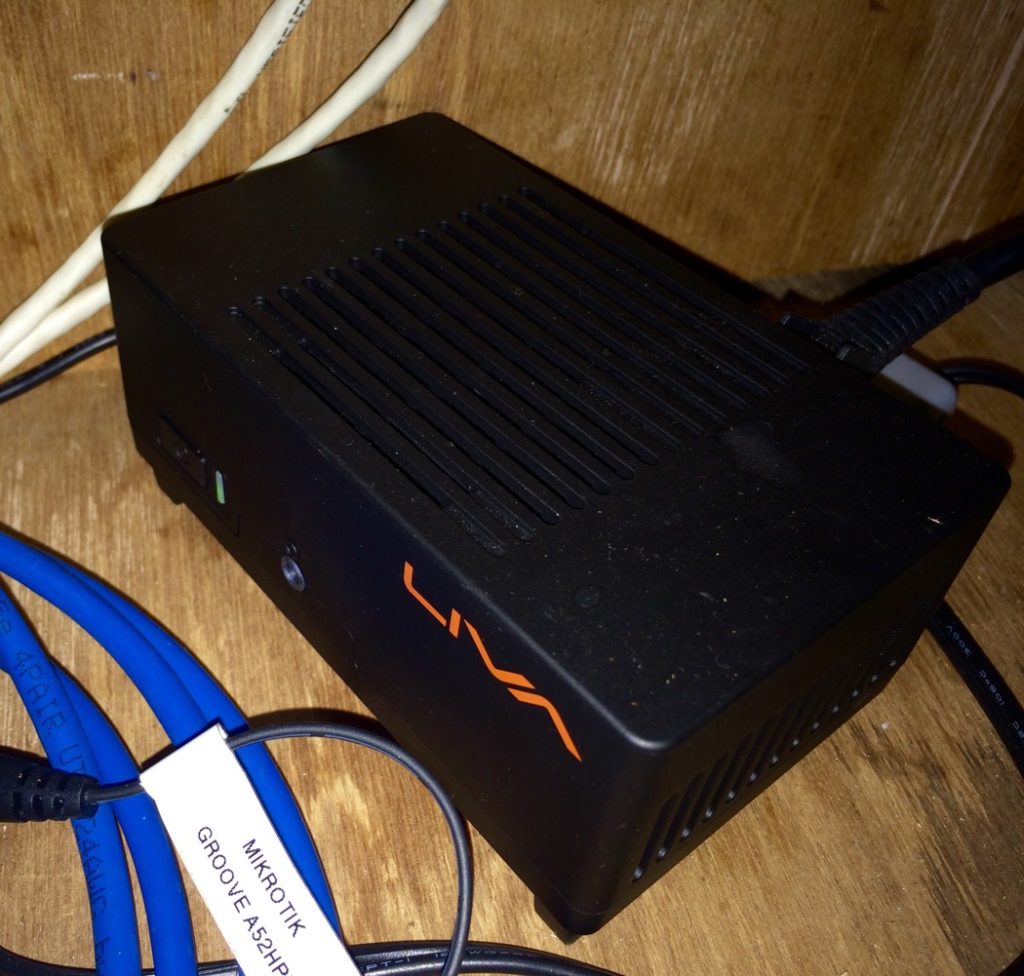
RV TV and media center
At the time we set up the TV system and media center in the RV, we were most familiar with and used MythTV as our media center at home. MythTV is a digital video recorder (DVR) and home media center that records TV shows over-the-air (OTA) from an antenna and stores movies. I wanted to bring some movies and already recorded shows with us on the road with the added requirements that everyone is able to watch shows on their iPads as well as the TV.
Using iPads in the RV solves the seating arrangement while moving where not everyone can see the TV in front and also means everyone can watch their own choice of show. MythTV wasn't a contender because it didn’t have an iPad app and the web interface doesn’t have specific features (read: restrictions) for each of the kids to access shows. XBMC (now Kodi) is great, but the iPad app requires jailbreaking to use on an iPad. I’m not against jailbreaking, but it would be another potential complication along the way. Plex showed promise, but many of the critical features wouldn’t work without Internet access, something we wouldn’t have all of the time. I ran across Media Browser that met our requirements:
- No Internet access required for everyday use (only for acquiring metadata, but that would only happen if new video content was added)
- iPhone and iPad clients
- Parental controls and user/group access permissions based on folder, video rating, or tagging.
- Low server CPU requirements, except for transcoding. Transcoding would only be necessary if the video content wasn’t directly playable on the client. For instance, iPads and iPhones won’t play AC3 audio and if that’s the only audio stream in the video it would need to be transcoded. If transcoding needed to be done one low-CPU server then it could cause stuttering while the transcoding caught up. This was easily solved by pre-transcoding all of the video files using Handbrake before putting them on the server.
- Free Roku app, which meant that we could add a Roku streaming stick to the TV.
- Runs on Linux, so I could use no-cost software on commodity hardware.
Here's what I ended up with for hardware:
- ECS Liva PC. It is a low power PC designed for Windows but runs Ubuntu Linux just fine. Power is through a micro-USB port, so I bought a $5 power regulator with a ~12v input and a 5v 3A output. The server was initially configured with Ubuntu 14.04LTS but has since been upgraded.
- 256GB USB-2 flash drive to store video content.
- Insignia (Best Buy house brand) 32" LCD TV with an external power brick. The external power brick with critical for the project so I could run the TV off of battery power.
- A 12v boost/buck power supply. The TV power supply provided 12v to the TV and the TV doesn't have any internal voltage regulation from what I could tell, so I needed to be careful about how I powered the TV. The DC voltage could be 11v-14v (anywhere from run down to rapid charging), so to run it off of the bus chassis batteries but protect it from the slightly higher charging voltage I used a power supply that can boost or reduce the input power and always provide a regulated output.
- The TV has an MHL port, so I hunted and found the MHL version of the Roku stick. With that, I could use the TV remote to control the Roku instead of having another remote. The stick would also be powered by the TV instead of a separate power supply. Simplicity!

Buck/boost power supply 
Liva PC - the media center computer